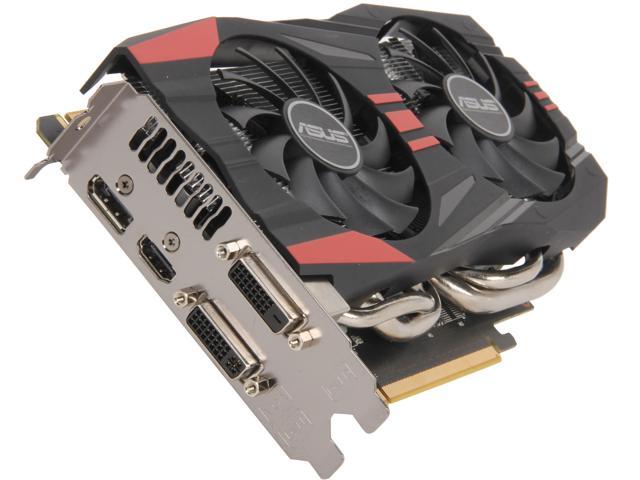It's a weird question, I know. I have a Dell IN2020M monitor and ever since I bought it I had connected it to my GPU using VGA through a VGA-to-DVI converter that I had gotten with an XFX GPU. The monitor's specs show that its maximum resolution is 1600x900. Now, yesterday I bought a VGA-to-HDMI converter. And after connecting the monitor at first didn't do anything. Just a black screen. Loose connection. After fixing that when the picture came I saw that all the display settings were messed up. The horizontal and vertical position, the resolution, color, everything. When I went to change the resolution I found it automatically set to 1920x1080. After fixing the display settings I checked some of my games and their resolution too could be increased to 1920x1080.
So I'm wondering, how does a monitor whose resolution is limited 1600x900 go beyond that? And, is it safe to use the higher resolution?
So I'm wondering, how does a monitor whose resolution is limited 1600x900 go beyond that? And, is it safe to use the higher resolution?


